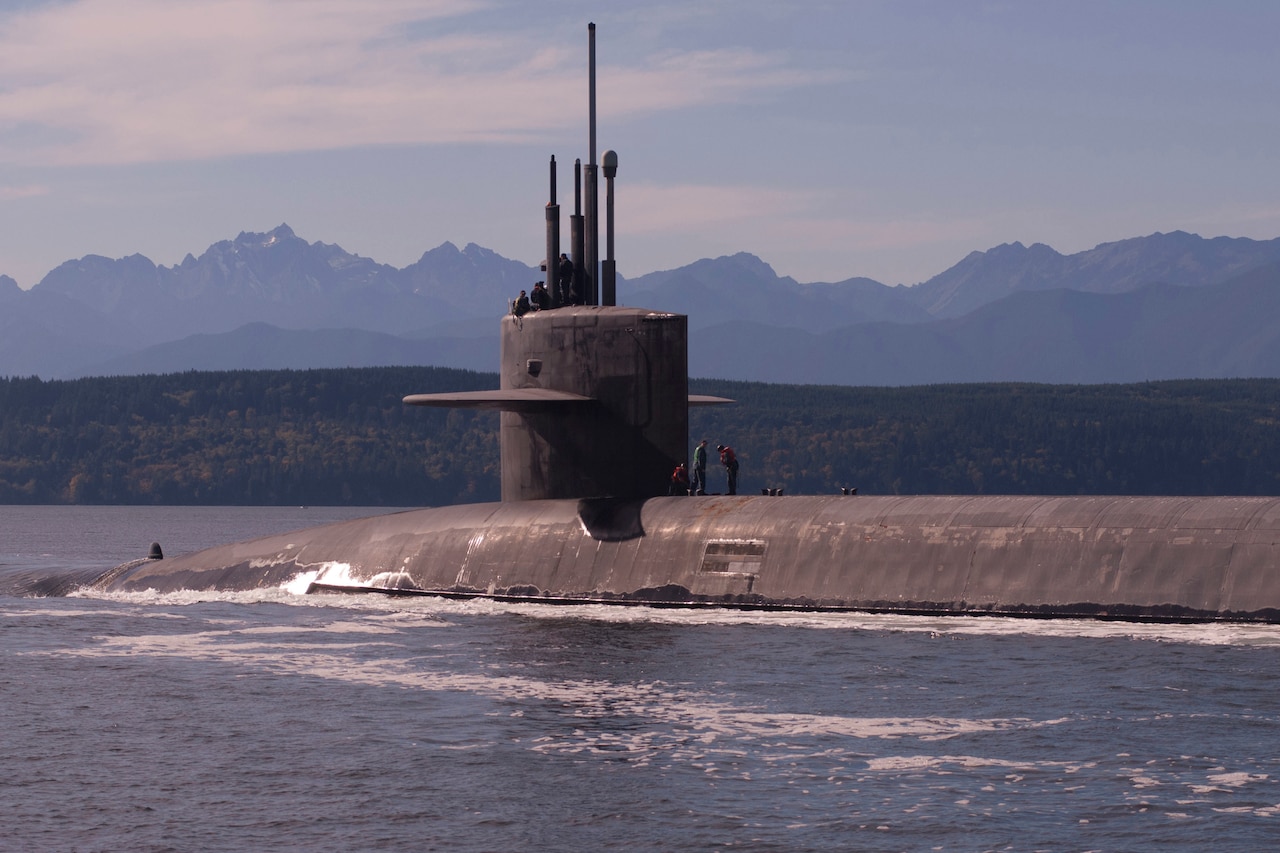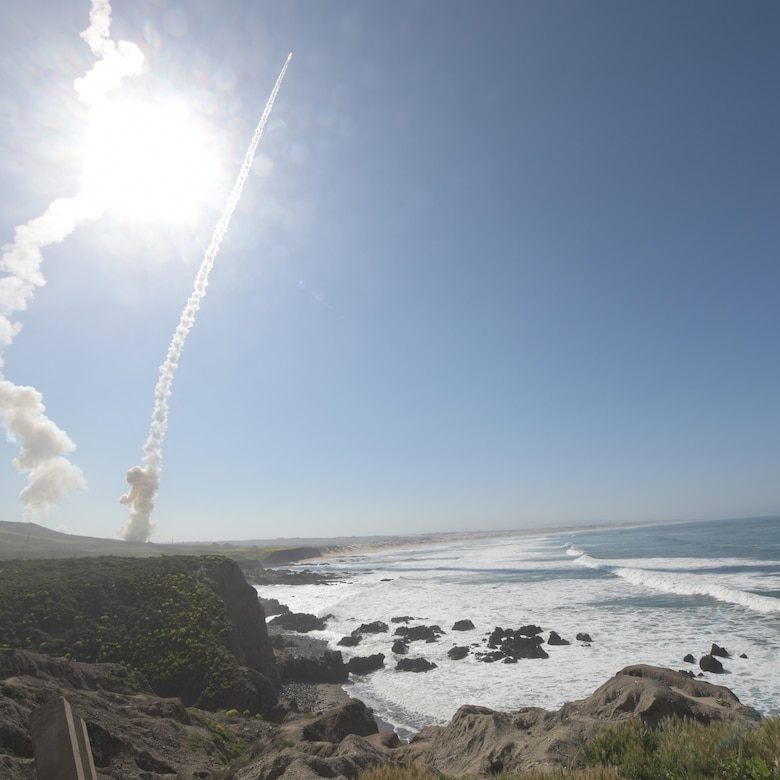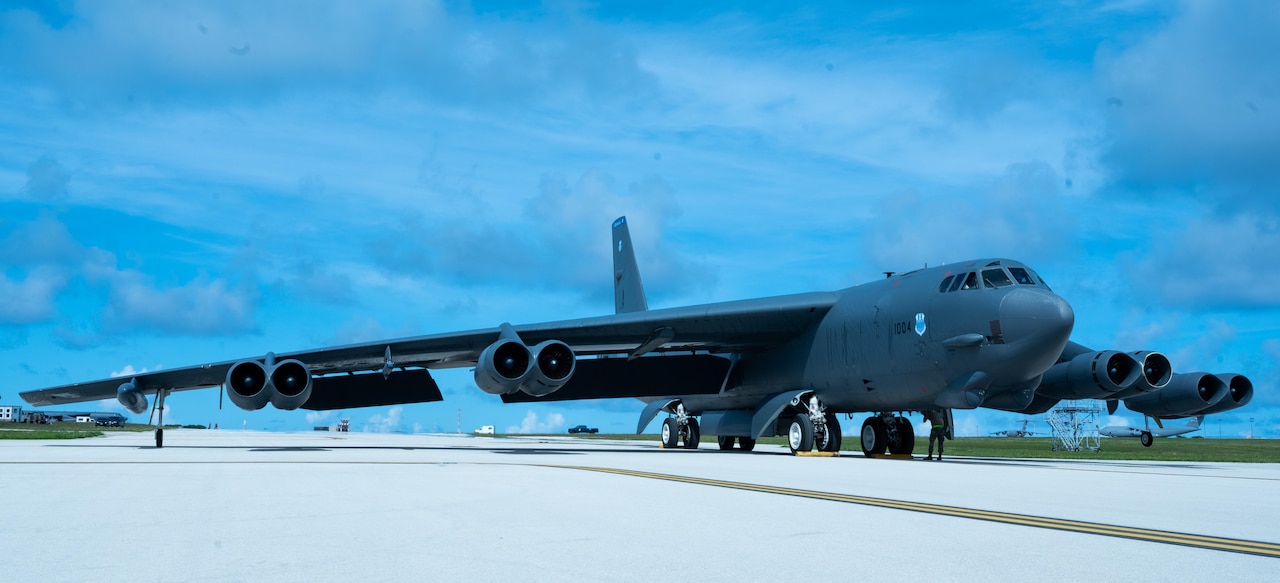June 11, 2021 | , DOD News
Melissa Dalton spoke yesterday at a House Armed Services Committee's Strategic Forces Subcommittee hearing on "FY22 Budget Request for Nuclear Forces and Atomic Energy Defense Activities."

"We are confronted with multifaceted deterrence challenges across domains from both competitors, which add increased escalation risks, all making deterrence more challenging. Strategic risks, emanating from both North Korea and Iran, add significant complications to the strategic threat picture," she said.
For these reasons, nuclear deterrence remains the department's highest priority mission, Dalton noted, adding that more is needed to confront these growing, multifaceted threats.
The National Defense Strategy review will focus on integrated deterrence, she said, meaning an effort to address threats and opportunities across conventional, cyber, space, hybrid, information and nuclear domains, she said.

"Nuclear forces remain essential to ensure no adversary believes it can ever employ nuclear weapons, for any reason, under any circumstances, against the United States or our allies and partners, without risking devastating consequences," Dalton said.
"That is why the nuclear triad remains the bedrock of our strategic deterrence, but we must modernize our aging capabilities to ensure a credible deterrent for the future," Dalton added.
The fiscal year 2022 Defense Department's budget request for nuclear forces is $27.7 billion. It includes $15.6 billion to sustain and operate current nuclear forces and $12.1 billion for recapitalization programs.

It supports efforts to modernize the nuclear triad and ensures that modern replacements will be available before aging systems reach the end of their extended service lives, she said.
"This modernization effort is at a critical juncture," Dalton said, adding that "nuclear weapons have been extended far beyond original service lives and the tipping point where we must simultaneously overhaul these forces is now here. Updating and overhauling our nation's nuclear forces is a critical national security priority."
The department will always seek to balance the best capabilities and the most cost-effective solution, as well as to ensure the U.S. has the right capabilities to meet current and future threats, she noted.

Dalton mentioned that to ensure that the right balance of capabilities is struck, there is a pending review of nuclear policy and posture, which will be nested within the National Defense Strategy currently in development, under the direction of the Interim National Security Strategic Guidance.
The review will focus on the vital interests of the United States, along with its allies and partners, and will be informed by the current and projected global security environment, threats posed by potential adversaries and the capabilities of the United States, allies and partners to address those threats, Dalton said.
"Consultation with allies will be a core component of this review, and we have begun engaging with allies to ensure that their views are heard and understood before reaching any conclusions," she said.








No comments:
Post a Comment